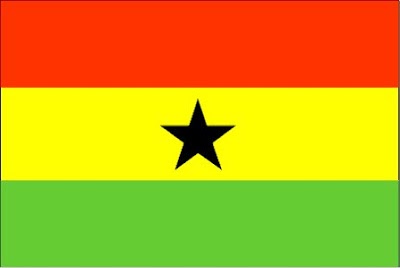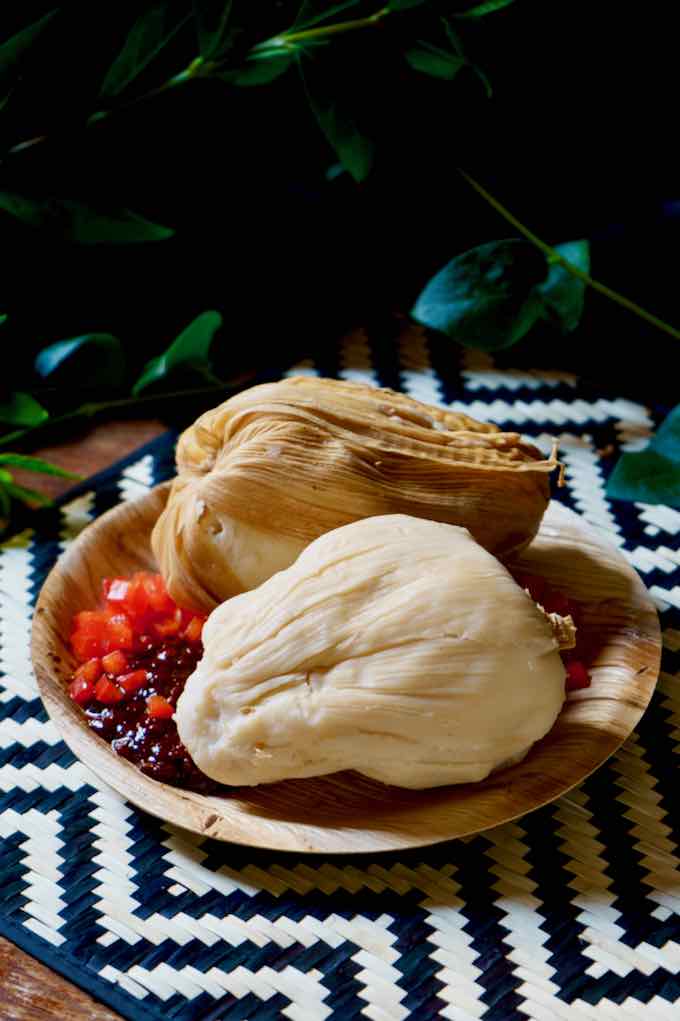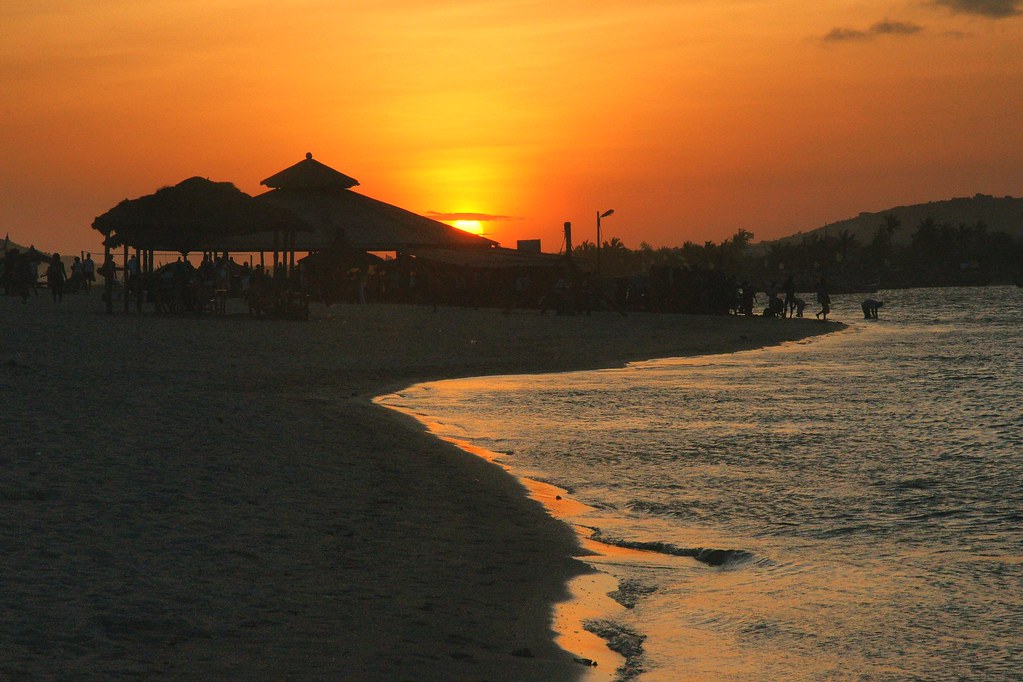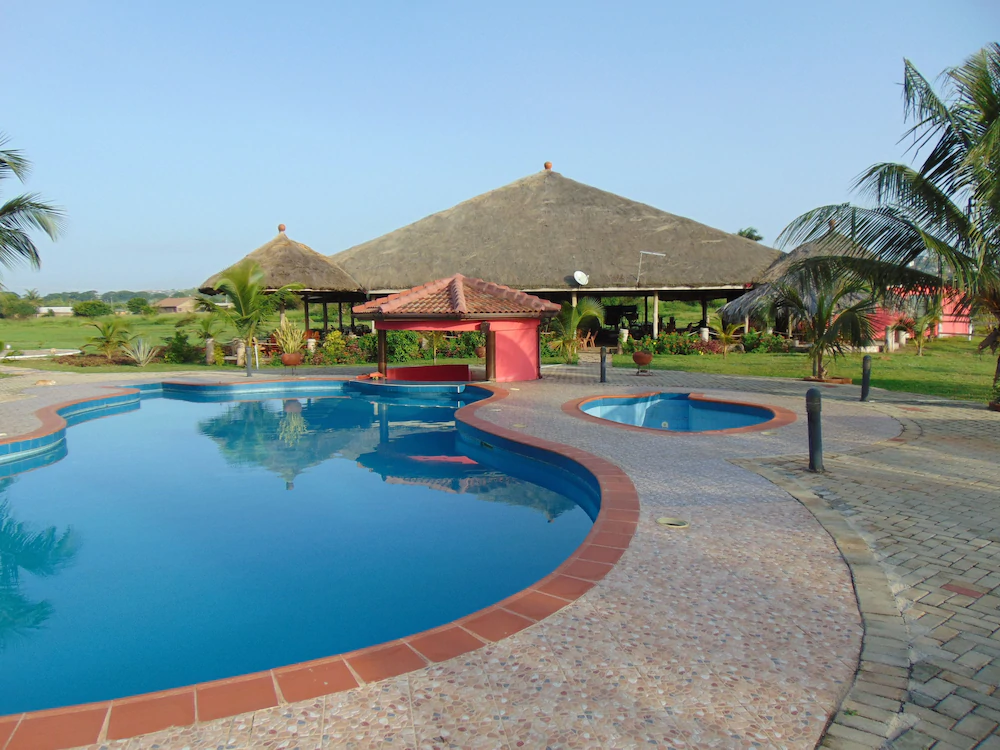[dropcap custom_class=”normal”] Ablade Glover has had the benefit of training in countries such as Ghana, Britain and the United States. In the course of this, he has garnered a number of distinctions, showing his importance as an artist and enthusiastic educator both nationally and internationally. [/dropcap]
Peniel Enchill | The Ghanian Illustrator
[dropcap custom_class=”normal”] Ok so I couldn’t help but write about this talented young lady. I actually don’t know her personally but I follow her on Instagram and I also see her work flying all around my social networks, so yes she caught my attention (yes, I’m that bothered LOL). You see I like to dig deep to meet the talent behind any creative work, it inspires me. Her full name is Peniel Ewurama Enchill, born in Ghana and was raised in England. An African talent doing great things. Check out some of her portfolio.. I sure can’t wait to do an Exclusive Interview with her… [/dropcap]
Continue reading
God Bless Our Homeland Ghana: Ghana's National Anthem Lyrics
[dropcap custom_class=”normal”] God bless our homeland was composed and penned by Philip Gbeho in 1957. Upon independence, the original words to this anthem were changed in 1960 when Ghana became a republic. Six years later, the government was overthrown and a new lyrics was sourced for through a contest in 1966 after the coup in Ghana. Michael Kwame Gbordzoe lyrics was chosen and it replaced Philip Gbeho’s lyrics in the 1970s. [/dropcap]Continue reading
Gonja Cloth From Ghana
[dropcap custom_class=”normal”]The recognized capital of Gonja cloth making is Daboya, one of the oldest settlements in Ghana. Gonja cloth is made with cotton cloth strips of about four inches wide, joined together to make a large piece of cloth. [/dropcap]Continue reading
Facts about Ghana
Here are some facts about Ghana. The name Ghana was adopted from the ancient West African kingdom of Ghana which flourished between 750 and 1068AD and was located in what is now southern Mauritania and western Mali. It is believed that the Akan of modern day Ghana originally came from the area of this ancient empire.

Lake Volta in the centre of Ghana is the largest man-made lake in the world. The lake covers 45% of the Ghana’s total land area.
The Asantehene is the traditional rule of the Ashanti people and the most prominent traditional ruler in Ghana. The Asantehene rules from Kumasi in the central Ghana and his power is symbolized by the golden stool
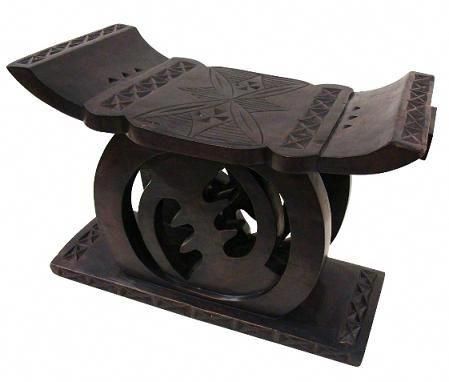
(sikadwa).
Ghana was the first colonized country sub-saharan African to win back its independence, doing so in 1957. The first Prime Minister of Ghana was Kwame Nkrumah, who is particularly remembered for his fight against colonialism and as a founder leader of the Organisation of African Unity (OAU).
Ghana largest national park is the Mole National Park which covers 4660 square km. It lies in the Northern region of Ghana and is home to over 30 different species of mammals including Elephants, Hyenas, Antelopes, Buffalo and various primates.
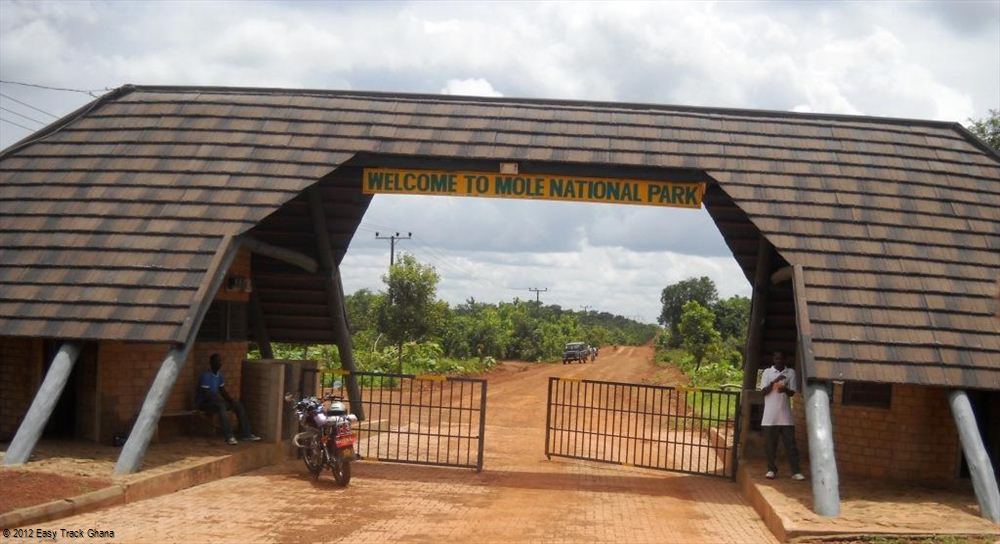

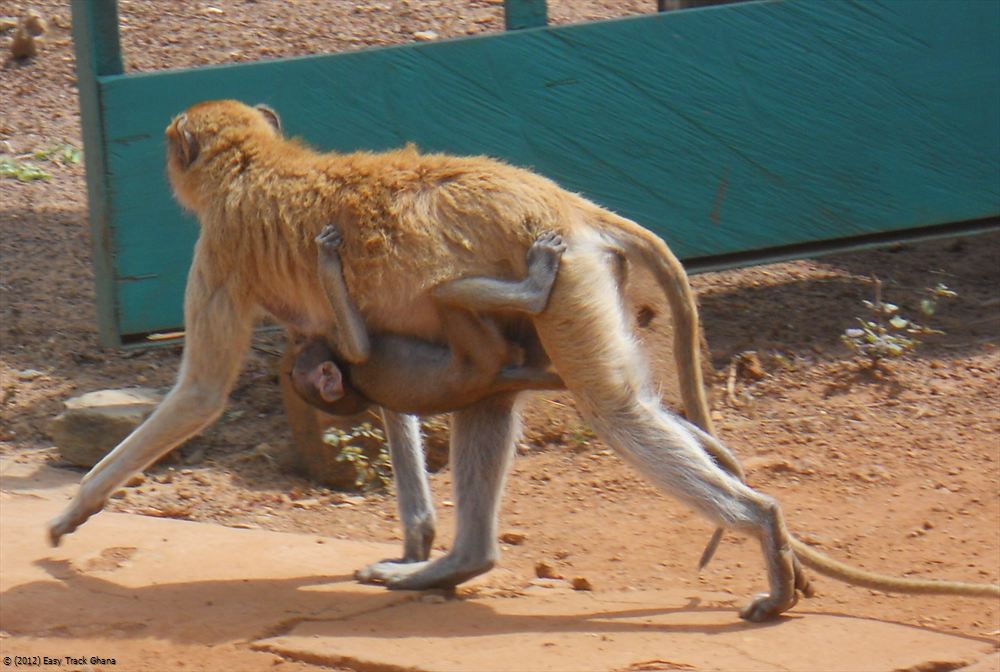
Ghana is made up of ten regions, These are Ashanti, Brong-Ahafo, Central, Eastern, Greater Accra, Northern, Volta, Western, Upper East, Upper West. The most populous region is the Ashanti region in the centre of Ghana and the least populous is the Upper West in the north.
Ghana’s major cities are Accra the capital and largest city, the historic city of Kumasi the capital of the Ashanti region, Cape Coast the old colonial capital of Ghana, Sekondi-Takoradi an important seaport and industrial centre, Tamale the main administrative centre of the north of Ghana and Koforidua another historic Ashanti town.
Another fact about Ghana is that they have been one of Africa’s prominent footballing nations having won the African cup of nations four times (1963, 1965, 1978 and 1982) and reached the World Cup second round on their first appearance in 2006. Famous Ghanaian footballers include Michael Essien, Abedi Pele, Abdul Razak, Samuel Kuffour, Tony Yeboah and Robert Mensah.
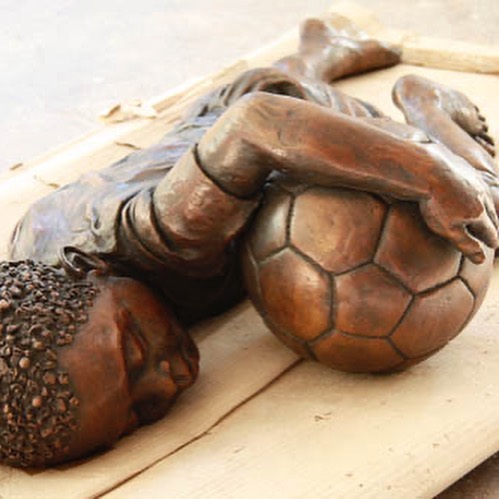
Ghana is considered to be one of the homes of Highlife, a genre of music that was extremely popular in the English speaking West Africa. Popular proponents of the music from Ghana included E.T Mensah, Jerry Hansen and Osibisa amongst others.
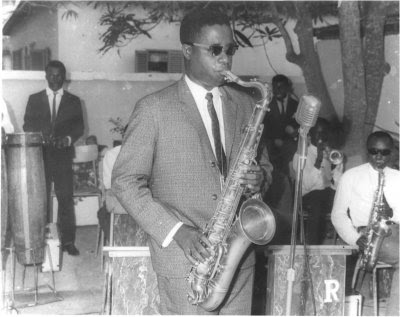
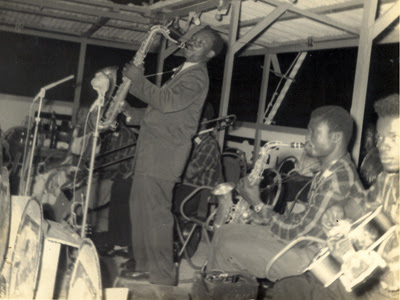
Ghana is one of the major producer of gold in the world and the gold mines in Obuasi in Ashanti region are some of the largest in the world, every day about half a million dollars worth of gold is brought to the surface.
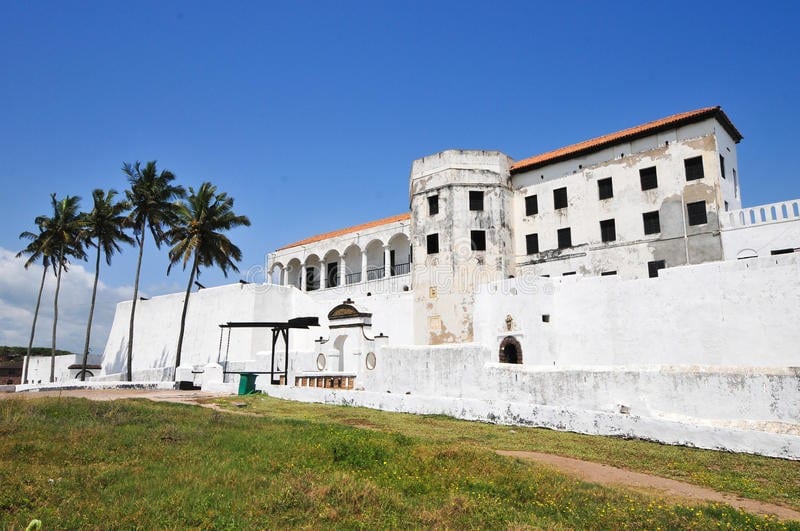
Ghana boasts the title of being the country within sub-Saharan Africa to own the oldest European building called the Elmina Castle. Built in 1482 by the Portuguese, Elmina Castle is situated on the Atlantic shores, particularly in the central region. The name Elmina means the “mines of gold” in Portuguese due to the abundant supply of gold found along the Ghana’s modern day coast
Source: http://tours42plus.com
Pictures: Mole National Park – Ghana’s Largest Wildlife Park (easytrackghana.com)
Ghanaian Staple Food: Kenkey With Fresh Fish
Fishing is also a major part of the Ghana economy, as a result, many Ghanaian dishes are based on fish. Local plants based food as such as coconut, plantains and many more are also highly prized and used in the country’s cuisines. Chillies are also an important component of Ghanaian cuisine and provides significant vitamin C in the diet. Another feature of Ghanaian cookery is the use of boiled eggs as a garnish.
Here are is a classic Ghanaian dishes for your enjoyment:
Ghanaian Kenkey with Fresh Fish Stew.
Ingredients
450g fresh fish (any firm white fish)
4 hot chillies (eg Scotch Bonnet) pounded to a paste
2 tbsp tomato puree
3 tbsp ground, dried, shrimp
4 medium onions, finely sliced
4 fresh tomatoes, chopped and pounded to a paste
6 tbsp Kpakpo Shito
300ml water
150ml red palm oil
1 garlic clove, pounded to a paste
1 tbsp freshly-grated ginger
salt, to taste
Method:
Clean the fish, remove the gills and cut into steaks. Wash the flesh with lime, lemon or vinegar then rinse in water and marinate in the garlic, ginger, chillies and salt. Set aside for 30 minutes before continuing.
Heat a little oil in a pan and fry the onions and tomatoes for a few minutes. Add the ground shrimps and tomato puree and allow to simmer for about 10 minutes, or until cooked. Add the water and the marinated fish (along with any remaining marinade) and simmer gently for about 25 minutes, or until the fish is cooked. Serve hot on a bed of rice or with boiled yams or plantains.
Kenkey
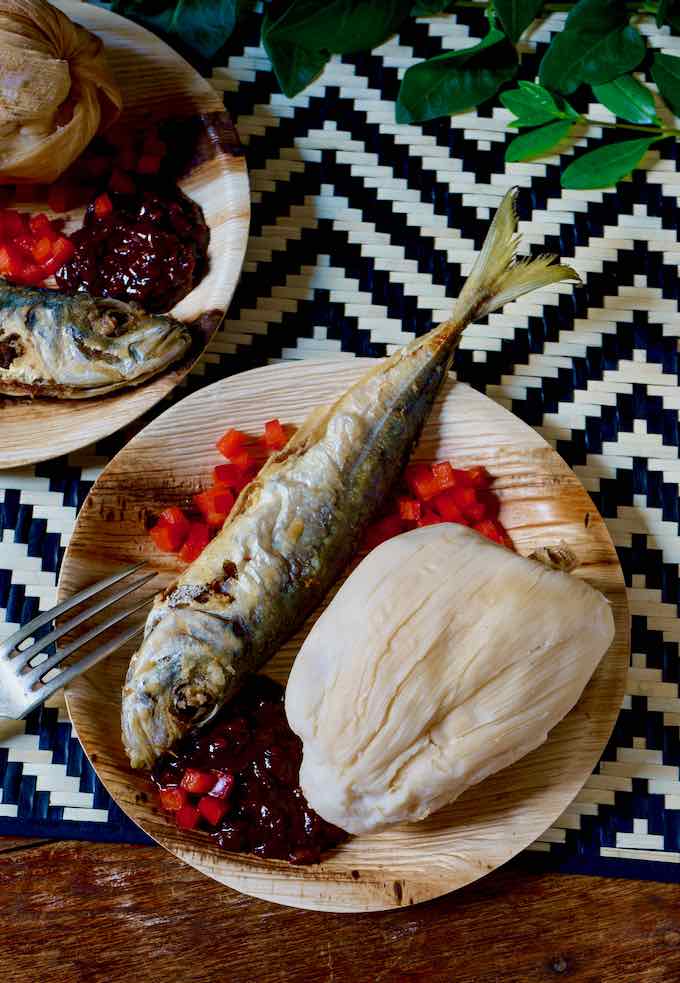
Kenkey (also known as Dokonu or Komi) is one of the staple foods consumed in Ghana. It’s a steamed dough ball made from fermented corn (maize) and usually wrapped in corn shell..
Ingredients:
2kg maize flour (eg cornflour or cornmeal) and white cornmeal is preferred
Method:
To prepare Kenkey from scratch the maize flour first has to be fermented. It’s mixed with just enough warm water to wet it before being allowed to ferment (covered with a clean cloth) for two to three days to form maize dough. It has slightly sour aroma when properly fermented.
The resultant dough is kneaded with the hands until it is thoroughly mixed and has stiffened slightly. At this point it’s divided into two equal portions. Half the fermented dough is placed in a large pot along with 250ml water where it’s partially cooked for about 10 minutes, stirring constantly and vigorously (at which point it’s called aflata). At this point the uncooked half of the dough is added and mixed-in well. The resultant aflate–dough mixture is divided and shaped into serving-sized pieces before being wrapped tightly in banana leaves, cornhusks, greaseprof paper or foil. The wrapped dough is then placed on a wire rack above a pot of boiling water and are steamed for between 1 and 3 hours.
The final dough balls are the kenkey and are typically served with a sauce (typically a hot sauce) such as Palaver Sauce or any meat or fish dish.
Mmmm, enjoy a little flavour of the recipesfromGhana!
Source: http://www.streetdirectory.com/
The Beautiful Bojo-Beach: Accra-Ghana
Ghana is an exciting country with beautiful beaches, mountains, landscapes, and an incredible coastline. Bojo Beach is one of the cleanest and most beautiful beaches in Ghana.
Located along the Accra-Cape Coast Road at the Old Police Barrier (Beach Road) towards Kokrobite. The beach is about 20km from west of Accra and about 30 minutes from downtown Accra.
Beautiful Bojo Shores (Lagoon sie) although not a very big beach, it is a great place to hang out with your love ones if you want to have and sneak away from the busy city of Accra. There are special small canoes and boats that carry people across from the land to the shores and they are operated by trained and friendly staff so don’t worry about your safety.
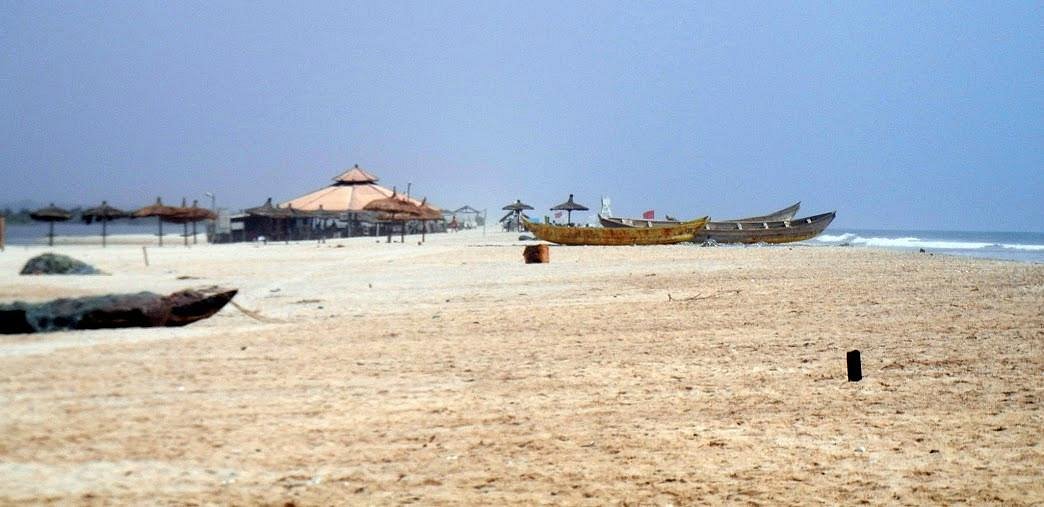
The main section of Bojo beach has a redbrick building equipped with a conference room with a 200 sitting capacity, a bar, restaurant and a game area that offers a variety of games including table tennis. The beach is an island that contains a huge straw hut and a bar. The small huts scatted across the beach makes this paradise on earth a blissing and a relaxation joint after a hard week’s work with great music that is good for mind and soul. It also has public restroom with showers.
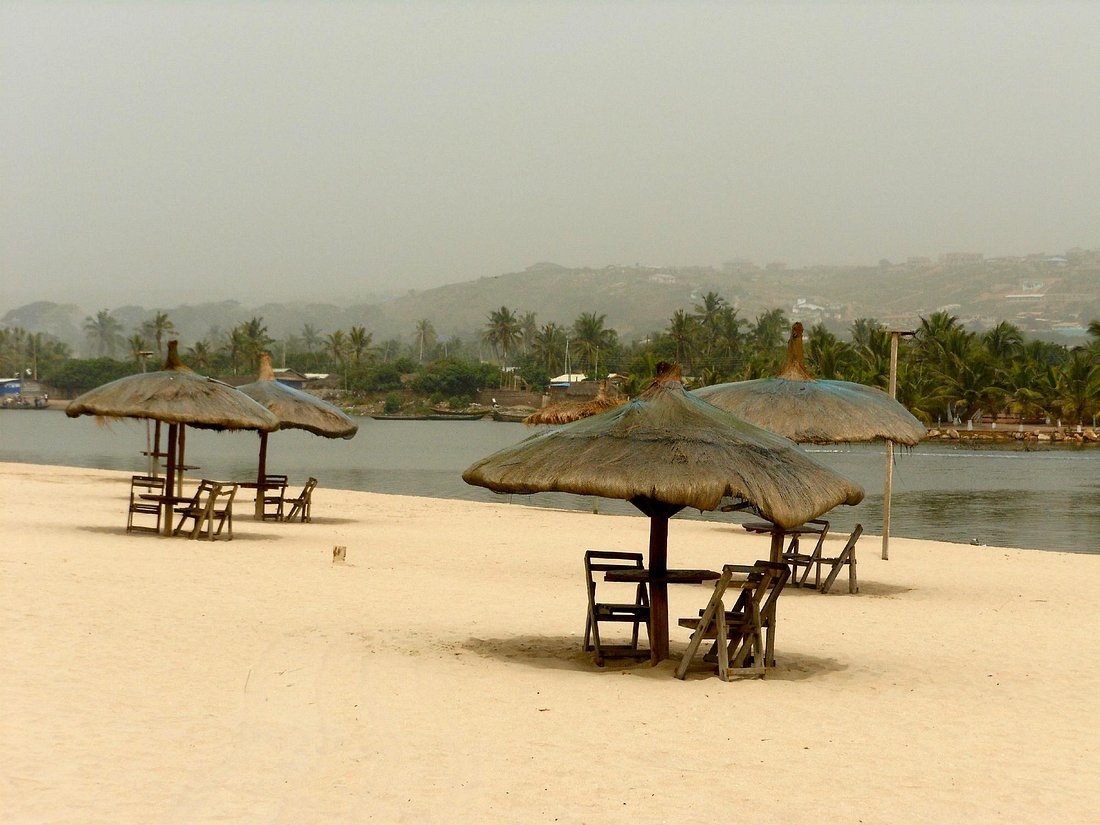
In Bojo Beach, you experience the rich “Island” experience on a sand bank with one side being fresh water and the other side being salty. This beach is sandwich between a lagoon and the sea shores. The lagoon joins the sea at some distant point, thus making a long strip island.
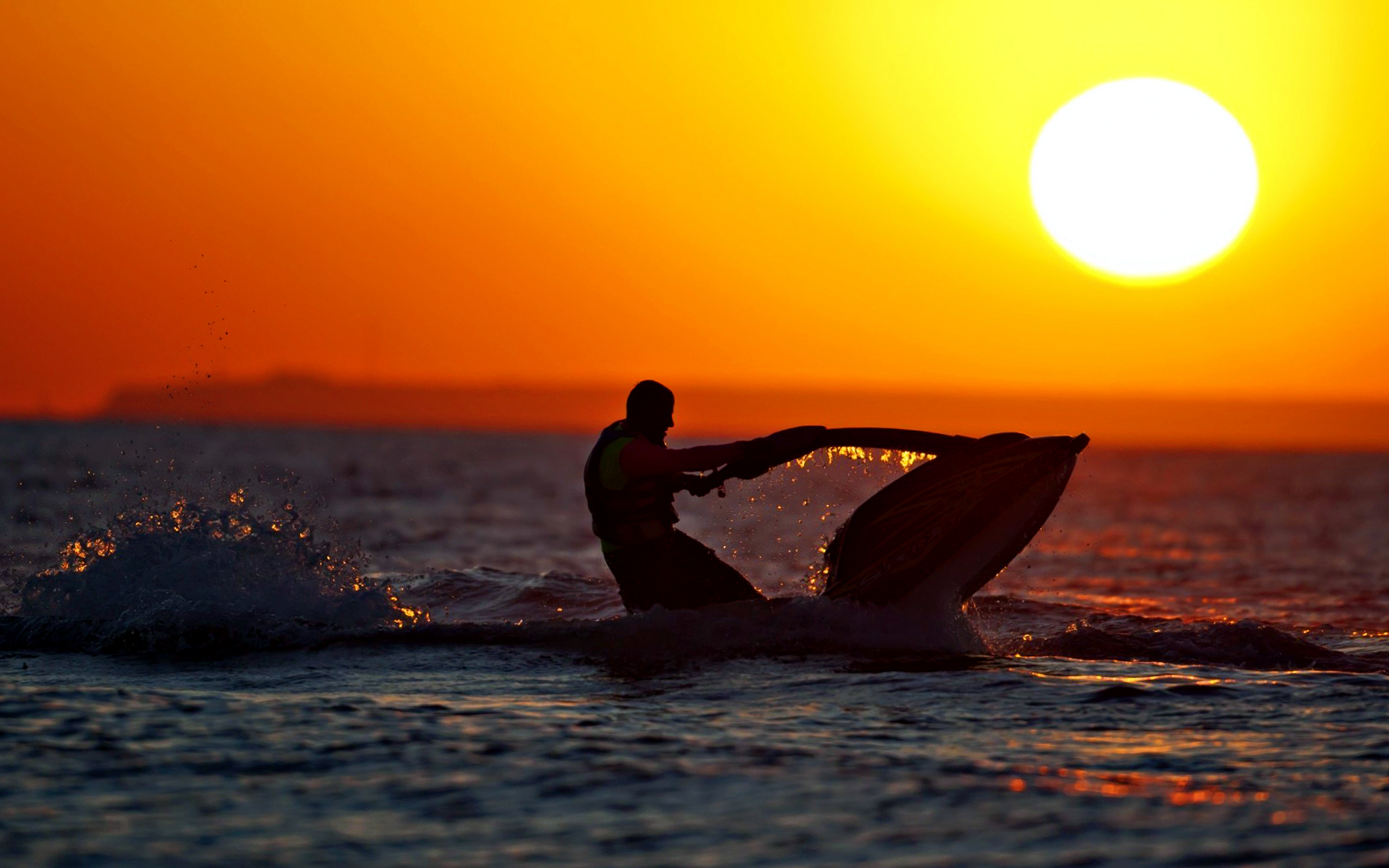
The fresh lagoon side is quiet and the beautiful sea side is very active with vigorous waves and splashes. It is amazing how this beach is very clean, quiet and romantic.
For people who want to ignite their adrenaline and have more fun, ski jets are available to rent. It cost just a few bucks per ride or time.

Apart from the great aesthetic views of this magnificent beach, the beach also has a nice on-shore restaurant serving kebabs, sea foods, native foods, some continentals and all sorts of alcoholic drinks and soft drinks.
If you want to experience the abundance of beach life, visit Bojo Beach.
Traditional Drumming & Dance from Ghana: Gahu
According to Ewe Master Drummer Emmanuel Agbeli of Kopeyia, Ghana, Gahu is an adaptation of kokosawa, an older African drum and dance style that originated with the Yoruba people of neighboring Nigeria. The Ewe took kokosawa and increased the tempo to more than double its original value.
Traditional African Instruments
A traditional Gahu drumming ensemble is comprised of six different instrument types, each with a distinct construction, sound, and rhythmic character.
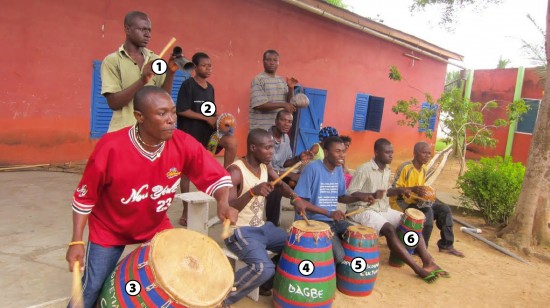
Master drummer Ruben Agbeli (left) of Kopeyia, Ghana, leads a Gahu drumming group on boba.
- Gankogui (pronounced gahn-KOHG-way): Two tone iron bell, one of three “timeline” instruments, its fundamental pattern remains the same throughout the entire form of the piece. Normally there is one gankogui in a Gahu ensemble, sometimes two.
- Axatse (pronounced ah-HAHT-say): African gourd shaker. Also a timeline instrument. There can be between one and five axatse players in an ensemble, sometimes more.
- Boba drum (pronounced boh-BAH): Lead/master drum. By playing specific rhythmic cues, the boba player guides the entire ensemble, including the dancers and singers, through the various sections that comprise the form of Gahu.
- Sogo drum (pronounced SOH-goh): Low-pitched accompaniment drum. One of two “response” drums, its pattern can change in response to rhythmic cues played on the boba. Normally there is one sogo in an ensemble.
- Kidi drum (pronounced KEE-dee): Medium-pitched accompaniment drum. One of two response drums, its pattern can change in response to the boba. Normally there is one kidi in an ensemble.
- Kagan drum (pronounced kah-GAHN): high-pitched accompaniment drum. Third timeline part. Normally there is one kagan in an ensemble.
Form of Gahu
- The overall form of the present-day Agbeli arrangement of Gahu begins with a short introduction of the slower kokosawa (a nod to the past) followed by the up-tempo main section that is, broadly speaking, what we might think of as a rondo:
- ABA—ABCABC—ABDABD—ABEABE—ABFB’ABFB’—ABGB’ABGB’—ABHABH—ABIJ
- The main A section of Gahu, which in choreographic terms is referred to as “free movement” on account of the breezy, economical style that characterizes the dance movements. The B section, commonly known as “serious movement” due to the increased intensity of the dancing, is almost always placed between free movement and one of the variation sections: C, D, E, F, G, H, I, and J, respectively.
Source: http://thisworldmusic.com/gahu-african-drumming-and-dance-from-ghana/


